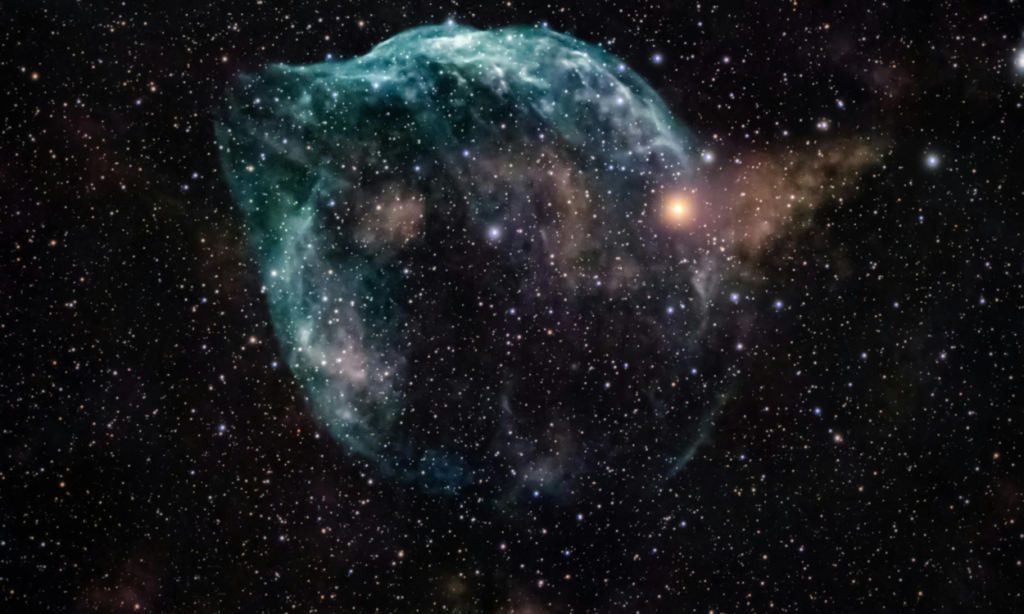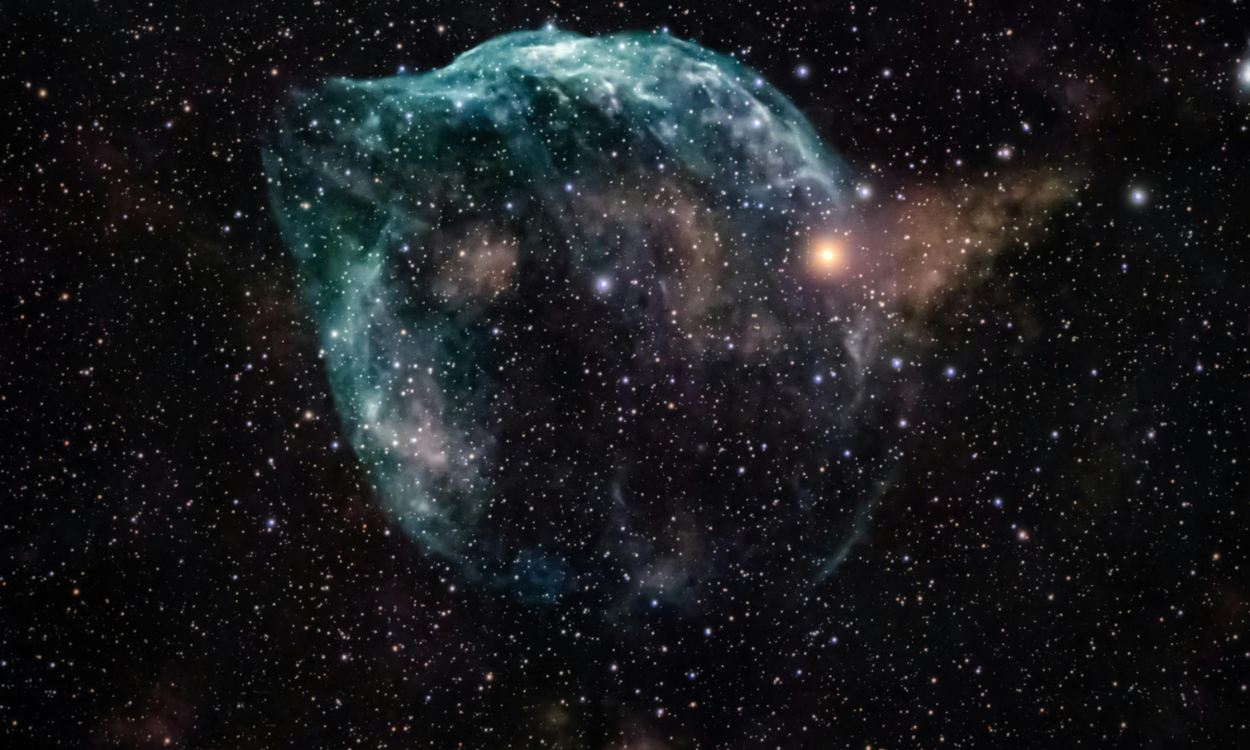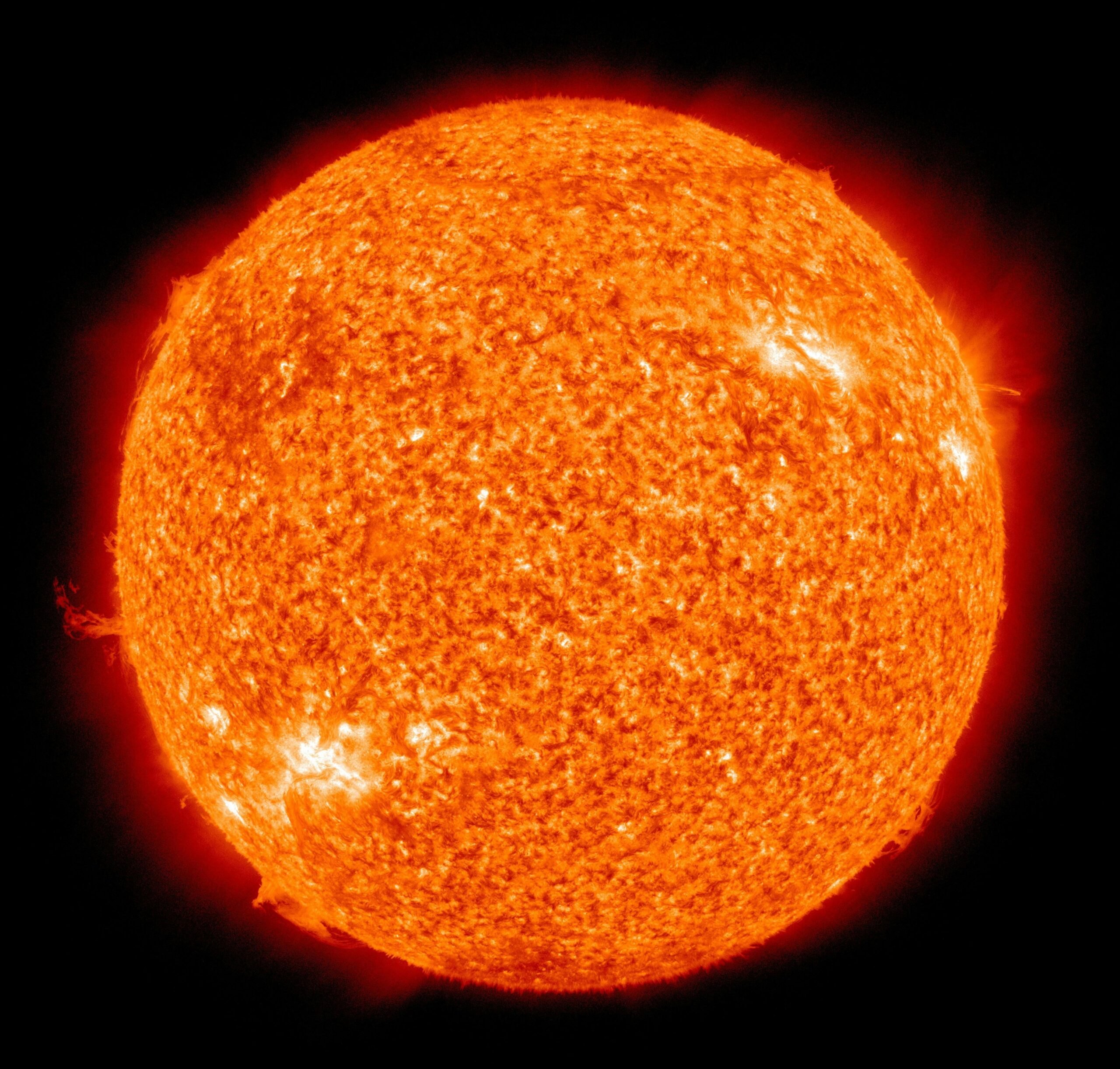Galactic Threads: The Interstellar Medium Unraveled
The vast expanse of space is not as empty as it seems. Between stars and galaxies lies an intricate network of gas, dust, and cosmic particles known as the interstellar medium (ISM). This mysterious component of the universe plays a critical role in star formation, galaxy evolution, and the overall dynamics of the cosmos. In this article, we delve into the fascinating concept of Galactic Threads: The Interstellar Medium Unraveled, exploring its composition, significance, and the scientific techniques used to study it.
Table of Contents

What is the Interstellar Medium?
The interstellar medium is the matter that exists in the space between stars within a galaxy. Although it might seem sparse, with densities ranging from just a few particles per cubic centimeter to over a million in some regions, the ISM is far from insignificant. It is a tapestry of hydrogen and helium, with traces of heavier elements, molecules, and dust particles. Understanding Galactic Threads: The Interstellar Medium Unraveled means recognizing the ISM’s role as both a reservoir of raw materials for new stars and a repository of remnants from previous stellar generations.
Composition of the Interstellar Medium
The ISM can be broadly divided into three primary components based on its temperature and density:
- Cold Neutral Medium (CNM):
- Temperature: ~100 K
- Density: 10–100 atoms/cm³
- Composed mainly of neutral hydrogen, this phase forms the raw material for molecular clouds, the birthplaces of stars.
- Warm Ionized Medium (WIM):
- Temperature: ~8000 K
- Density: ~0.1 atoms/cm³
- This phase is partially ionized and often associated with regions of active star formation.
- Hot Ionized Medium (HIM):
- Temperature: >1 million K
- Density: ~0.001 atoms/cm³
- Created by supernova explosions, the HIM represents the most energetic phase of the ISM.
By unraveling the mysteries of these phases, scientists gain insight into the lifecycle of galaxies, an essential aspect of Galactic Threads: The Interstellar Medium Unraveled.
The Role of the Interstellar Medium in Star Formation
Stars are born within the densest regions of the ISM, known as molecular clouds. These clouds, often spanning light-years, are predominantly composed of molecular hydrogen (H₂) and small amounts of other molecules like carbon monoxide (CO). Gravitational forces cause parts of these clouds to collapse, forming protostars that eventually ignite nuclear fusion in their cores. This dynamic process demonstrates how Galactic Threads: The Interstellar Medium Unraveled directly influences the birth and death of stars.
Moreover, the ISM acts as a recycling center for stellar material. When stars reach the end of their lives, they release their outer layers into the ISM through processes such as supernovae or planetary nebulae. These ejected materials enrich the ISM with heavier elements, providing the building blocks for future generations of stars and planets.
Galactic Threads and the Cosmic Web
The interstellar medium doesn’t exist in isolation; it interacts with larger structures like the galactic halo and the intergalactic medium. Observations reveal that galaxies are connected by a vast cosmic web of gas and dark matter. This interconnectedness forms the backbone of the universe, with Galactic Threads: The Interstellar Medium Unraveled acting as a bridge between the microcosmic and macrocosmic realms.
The galactic threads—filamentary structures of the ISM—are not just metaphors but observable phenomena. High-resolution imaging from telescopes like the Hubble Space Telescope and radio observatories such as ALMA (Atacama Large Millimeter/submillimeter Array) have revealed these structures in stunning detail, showing their critical role in channeling matter into star-forming regions.
Techniques for Studying the Interstellar Medium
Modern astronomy employs a variety of methods to study the ISM. These techniques include:
- Spectroscopy: By analyzing the light emitted or absorbed by interstellar gas and dust, astronomers determine its composition, temperature, and velocity. Spectroscopic studies have been pivotal in unraveling the secrets of Galactic Threads: The Interstellar Medium Unraveled.
- Radio Astronomy: Neutral hydrogen in the ISM emits radiation at a specific wavelength of 21 cm. Radio telescopes detect this emission, mapping the distribution of hydrogen across galaxies.
- Infrared Observations: Dust in the ISM absorbs starlight and re-emits it in the infrared. Observing this emission helps astronomers study the dust content and the regions hidden from optical light.
- X-ray Observations: The hot ionized medium emits X-rays, which can be observed using space-based telescopes like Chandra. These observations provide insights into the most energetic processes within the ISM.
Challenges in Understanding the ISM
Despite significant advancements, the ISM remains a complex and challenging field of study. The interplay between different phases of the ISM, the influence of magnetic fields, and the impact of cosmic rays all contribute to its complexity. Unraveling these interactions is a key focus of Galactic Threads: The Interstellar Medium Unraveled, as scientists seek to create a comprehensive model of galactic dynamics.
The Future of ISM Research
As technology advances, so does our ability to study the ISM in unprecedented detail. Upcoming telescopes like the James Webb Space Telescope (JWST) and the Square Kilometre Array (SKA) promise to revolutionize our understanding of Galactic Threads: The Interstellar Medium Unraveled. These instruments will provide higher resolution and sensitivity, enabling astronomers to probe the ISM at smaller scales and greater distances.
Additionally, advancements in computational modeling allow researchers to simulate the behavior of the ISM over cosmic timescales. These simulations help bridge the gap between observations and theoretical predictions, offering a more complete picture of how galaxies evolve.
Conclusion
The interstellar medium is the thread that weaves together the story of the universe. From its role in star formation to its connection to the cosmic web, the ISM is a critical component of galactic ecosystems. By exploring Galactic Threads: The Interstellar Medium Unraveled, we gain not only a deeper understanding of our cosmic origins but also a greater appreciation for the intricate tapestry of the universe.
As we continue to unravel the secrets of the ISM, we move closer to answering some of the most profound questions about our place in the cosmos. The journey through these galactic threads is far from over, promising new discoveries and insights into the nature of the universe.





